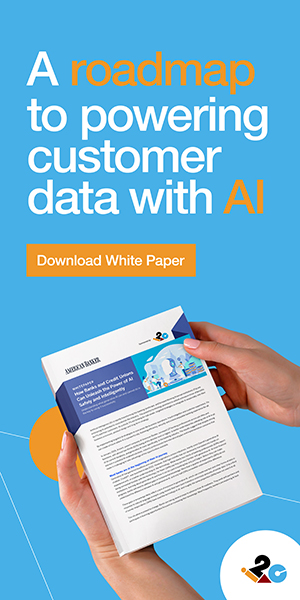In the past few years, e-commerce has grown exponentially, and by 2026, 21% of all retail sales are expected to take place online. With this growth — and the push toward digital transformation in financial institutions — comes an increase in the risk of identity fraud, especially credit card fraud.
The Federal Trade Commission found that credit card fraud was the most common form of identity theft in 2022, with almost 442,000 people reporting that their information was misused, resulting in $219 million in losses.
It is all too easy for bad online actors to steal the identities of credit card holders, either using existing credit information or applying for new credit in their victims’ names without ever needing to put their hands on a physical card.
This, in turn, affects financial institutions, resulting in financial losses and even reputational damage. For example, every dollar of fraud costs U.S. financial services firms $4.23. And in 2022, fraud losses across U.S. bank payments totaled nearly $1.6 billion.
The high cost of fraud might force banks to recoup their losses by raising interest rates and fees for consumers, which can harm trust.
But there is hope: Artificial intelligence and machine learning can help. Read on to discover how AI can be a solution to prevent and combat fraud.
What Problems Does Credit Card Fraud Cause for Consumers and Financial Institutions?
Most card issuers have policies in place to protect consumers from fraudulent charges. In fact, federal law is on the consumers’ side and limits card fraud; yet, it still causes problems.
Though many issuers will replace lost or stolen cards for free, it takes one to three days for cardholders to receive replacement cards. If a card number is stolen, but the cardholder still has the physical card, they will need to destroy it.
The easiest way to do this is with a paper shredder, which not everyone has access to. However, cards can also be destroyed by demagnetizing the EMV or RFID chip with a strong magnet, then cutting the card into pieces with scissors and disposing of the pieces in separate trash receptacles.
Metal cards need to be sent back to the issuer. Then, once the consumer gets a new card, they have to update their payment information on all the platforms on which their card is stored.
Physical cards aside, more and more consumers expect digital experiences. Yet, as many banks and financial institutions look to boost their credit card issuing programs and embrace digital payment solutions, they must contend with more fraud challenges.
Fraud in banking is a method of financial crime involving the use of deceptive or illegal practices to gain unfair or unlawful financial advantages. Making the issue even more complicated, it can occur in many ways and via any type of banking activity, including deposits, withdrawals, investments, loan applications and transfers.
Nearly 1 in 4 merchants identify digital payment systems like Apple Pay and Google Wallet as top vehicles for fraud, with digital wallet scams and account takeovers becoming more and more common.
Fraudsters use multiple methods, such as credential stuffing and card skimming, to harvest data and spend other people’s money. And as technologies like buy now, pay later (or BNPL) become more prevalent, new tactics emerge to separate credit holders and financial institutions from their funds.
The Benefits of AI in Fraud Prevention
New advances in AI can aid payment processing security by monitoring incoming data and stopping fraud threats before they materialize. It can use algorithms that learn from historical data and detect anomalies, flagging suspicious transactions as they happen.
The fraud detection model is developed by meticulously selecting and aggregating variables from diverse data sources, including transaction-level data, customer data and merchant information. These variables are aggregated over defined time windows using advanced, configurable methodologies to reflect transaction dynamics.
The model employs an ensemble method, combining Gradient Boosting Tree and Deep Neural Network models, to ensure effective prediction of desired outcomes.
For validation, the model is trained using data from the preceding six months to one year and tested with the subsequent three months’ data to assess its performance in identifying and classifying fraudulent activities. Performance metrics like the FP Odds Ratio and friction are evaluated to gauge the model’s effectiveness.
The model is then deployed in a beta environment for one to two weeks for an in-depth assessment of its operational suitability and robustness in real-world scenarios, facilitating a smoother transition to production.
Ready to put AI to work in payment processing fraud prevention for your financial institution? At i2c, we offer a global, unified banking and payments platform that leverages integrated AI to react quickly against fraud.
Our AI constantly analyzes data to respond to trends, update dashboards and even predict customer preferences. So, your decisions will not only be justified and actionable, but also lightning-fast and able to keep up with the rapidly changing landscape of identity, credit card and banking fraud.


